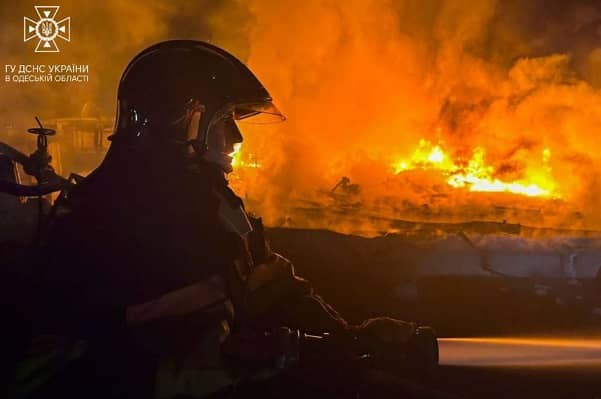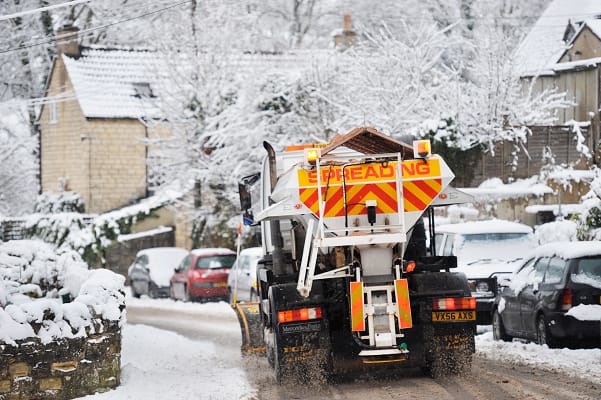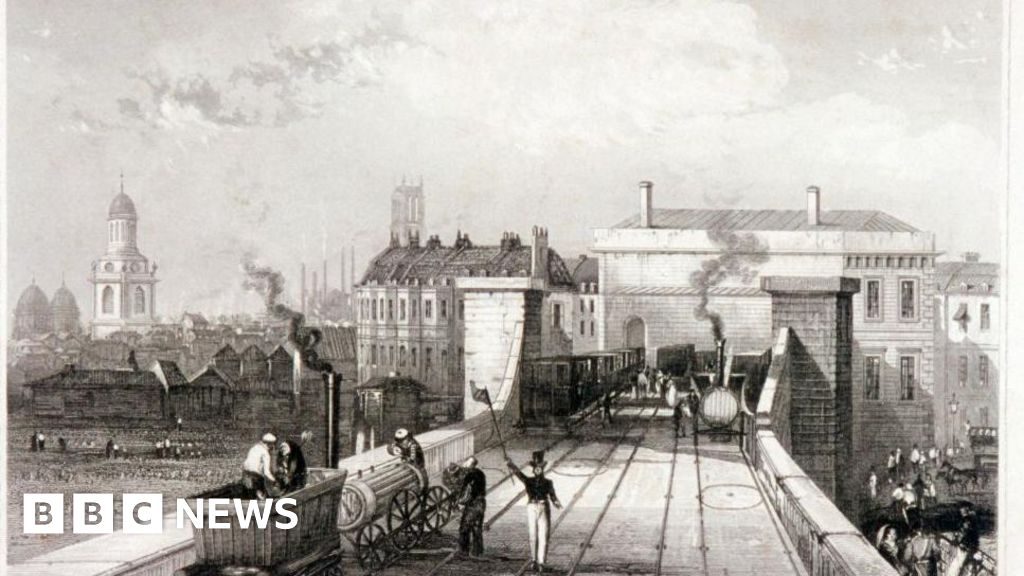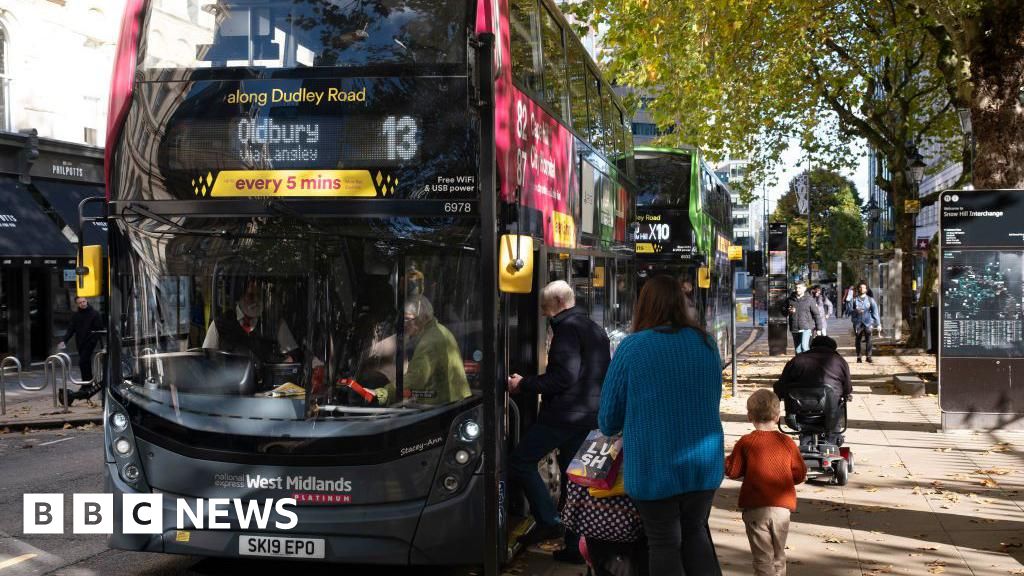Shopping
Why has London’s Dundas Street turned into “tattoo alley?” | CBC News

The sounds of drills will be replaced by the buzzing of tattoo machines when Katrina Cline opens Scythe and Sickle Tattoo on London’s Dundas Street this October.
While her business may be new to the Old East Village (OEV) neighbourhood, the area’s tattoo shop scene has been steadily increasing.
She joins seven tattoo businesses already operating on Dundas Street in the three blocks between OEV’s Adelaide and Rectory streets.
“I’m already calling it ‘tattoo alley,'” Cline said.
“I think it’s a really great location despite all the competition and the saturation,” said Cline, whose shop was previously on Hamilton Road. “I feel like we’re going to fit in pretty well.”
A few blocks east of Rectory, Londoners can find another two shops on Dundas, with three others west toward downtown.
The number of tattoo shops in London have been on the rise, with a particular increase on Dundas Street, said Soul One owner Randi Scott.
She has been tattooing on the street since 2013 when she was an apprentice at Manson Tattoo. When she opened Manson Tattoo II in 2017, which became Soul One in 2019, she said she was the only tattoo shop within a 10 block radius east and west on Dundas.
“I would say the last year has been a really big boom, but it was gradual for a while,” Scott said.
“I like to have the mentality of ‘welcome to the party’ because it really feels like a party working down here…we’re all in a similar boat with similar struggles,” said Scott. “Then there’s the competitive in you that’s like, ‘Get off my block.'”
Why set up shop on Dundas?
Directly across the street from Soul One, Jacqueline Lau opened The OEV Collective with co-owner Cam Borr in January. It’s one of the newest businesses offering tattoos in the neighbourhood.
Borr and Lau had been tattooing in the basement of the location, which was previously hair salon Love Alchemy, until it closed in November last year.
Lau said it made sense for the pair to take over the lease and stay in the neighbourhood because it’s what their clients know and they liked the community.

For Cline, moving to OEV had to do with logistics.
“Personally, I think it’s better to be right in the mix and a little bit more central,” she said.
Both owners said that the size of their respective studios and the affordable price of rent were other factors.
Scott said a change in tattoo shop culture, which historically was regulated or affiliated with bikers, has also contributed to the modern-day boom.
“You weren’t allowed to open up a shop on the same block, in the same vicinity, or possibly at all,” said Scott.
She said that as tattoos have become more widely accepted and tattoo artists have changed, there has been more opportunity for businesses to open.
“We’re not going to do anything [violent],” Scott said. “We’re going to wave at you as we pass and give you a little nod with our coffee in hand.”
She said the team at Soul One has the mentality of “colleagues over competition.”

Differing styles keep shops sustainable
All three shop owners say that operating on the same street is less competitive than meets the eye.
“When you offer different things, it doesn’t create a sense of competition,” said Lau. “There’s more than enough consumers of tattoos in London that want different styles.”
Lau said The OEV Collective has artists who specialize in tattoo styles including fine line, graffiti and micro-realism, but those tattoo styles aren’t for everyone. She compares the scene on “tattoo alley” to a food court.
“If you walk into an Italian restaurant and you’re like, ‘I want Indian food,’ they’re not going to say, ‘Let me try to cook Indian food for you,'” said Lau. “They’re going to say to go to the Indian restaurant across the street.”
She said when potential clients approach The OEV Collective to book an appointment for a traditional-style tattoo, she often refers them to Soul One which has artists who are more equipped.
It’s a little more competitive for businesses that offer walk-ins, like Scott and Cline’s shops, which are competing for foot traffic.

But the owners say that like artwork, clients also have preferences when it comes to the tattoo experience, including the shop environment and tattoo artist’s personality.
“People find their people and they’ll just go to their people,” said Cline. “If they’re happy with your work, they’re going to keep coming back.”
A ‘tipping point’
The owners do worry there will come a time when the tattoo scene in London, and especially on Dundas Street, will become saturated.
“I think it’s definitely becoming a tipping point,” Cline said. “I’m sure there are some people who aren’t happy that I’m opening up another shop here, but what are they going to do?”
Scott and Lau said there hasn’t been enough time to know if the increase in tattoo shops has impacted sales in their own locations. Both said that the summer has been slow, but that is typical as less people get tattoos when they plan to travel or swim.
Lau said she is not overly concerned about new tattoo shops as there is no shortage of Londoners who want ink.
“People have a lot of real estate on their body,” Lau said. “If my clients want to go and check out another shop, that doesn’t take any business away from me.”










